Essential Garden Edibles
After nearly 15 years of growing food, I have settled into my garden and learned the local climate, built up my soil, and developed planting rhythms, growth expectations, and a list of essential garden edibles that work best for my garden and household. These 13 fruits, veggies, and herbs have become my essentials because of their flavor, versatility and/or preservability: tomatoes, peppers, zucchini, okra, cucumber, sugar snap peas, carrots, potatoes, garlic, onions, basil, dill, and cilantro.
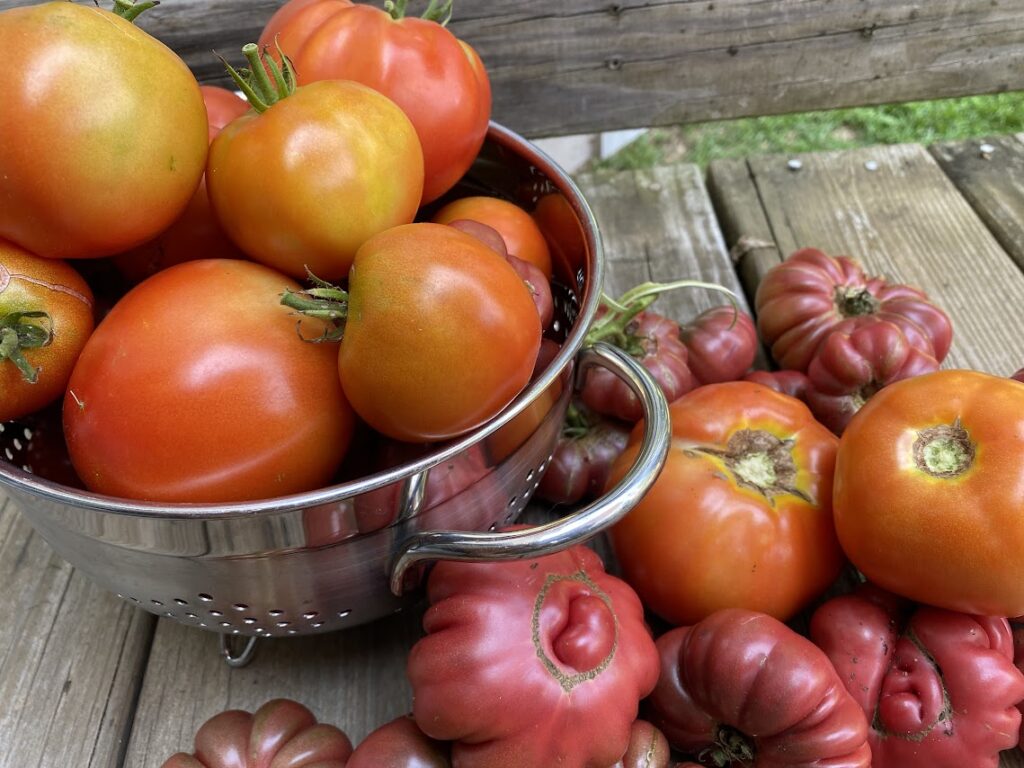
What should go on the list? While I grow tons of different things, these emerged as the foods that I look forward to eating, that I enjoy growing, and that I can combine easily with other things to make a meal. Some like the okra and carrots are the foods of my childhood summers. These are the foods that I have space to grow and easily pay for themselves when I look at grocery store prices. Perhaps more importantly, I’m not fighting my growing conditions to be able to grow them. They are suited for my climate. Some gardeners even claim that as you save and replant your own seeds for multiple generations, the plants will adapt to your space.
Being a gardener in the Southeast zone 7b, I have a nice, long growing season that ranges from 181 – 240 days and experience low minimum temperatures between 5 to 10 degrees in the winter, which allow me to Fall sow and overwinter some herbs and veggies while getting two summer crops out of others. We experience a wide range of humidity and high temperature spikes, so what helps most is building up soil with organic material such as fall leaves and compost from my coop and kitchen scraps and shading the soil surface by applying mulch or utilizing interplanting. These two practices help control soil-moisture levels, prevent evaporation, cool the surface of the soil and increase soil microbial activity.
Here is a little more information about the veggies on my list. I haven’t given specific varieties, as that’s the area I like to get a little creative in each year.
Tomatoes
Tomatoes require well-draining soil that is rich in organic matter. They need full sun to reliably fruit, which means they need at least 6 hours of direct sunlight each day. If you’re growing tomatoes in a container, make sure the container is at least 18 inches deep to provide enough room for the roots to grow. Also, bush varieties are more manageable in limited space. I start mine indoors in early February. This year I started 27 varieties! I’m most curious to try a few new-to-me container varieties in the bog garden connected to the fish pond.
Peppers
Peppers also need well-draining soil that is rich in organic matter. They prefer full sun, but they can tolerate some shade. Peppers are sensitive to overwatering, so make sure the soil is moist but not waterlogged and that they aren’t planted next to something that needs a lot of watering. I start mine indoors in early February. I love slicing and freezing cubanelles and banana peppers for hashbrowns, and I dry and crush the hot peppers for red pepper flakes. While I love bell peppers, they are far more fussy than other sweet varieties and sometimes won’t develop a thick wall before they get ruined by pests and get soft spots. Honestly, they can be a little bland compared to others.
Zucchini
Zucchini requires well-draining soil that is rich in organic matter. They prefer full sun, which means they need at least 6 hours of direct sunlight each day. Zucchini plants can grow quite large, so make sure you give them enough space to spread out. I’ve find that they benefit from good air flow and watering early in the day rather than evening to prevent powdery mildew. I direct sow these in the spring and again when I start to see signs of pest problems. I use black zucchini in place of summer squash as I find it to have a firmer texture and lower susceptibility to mold and mildew in my garden.
Okra
Okra requires well-draining soil that is rich in organic matter. They prefer full sun, which means they need at least 6 hours of direct sunlight each day. Okra can be planted in the spring when the soil has warmed up. I’ve waited until late in the spring with great success as these truly love heat. I direct sow these. Typically, 10-12 plants are enough for our family of four. I harvest daily or every other day, slice, batter with all-purpose flour, seal in quarter gallon Ziplock bags, and throw in the freezer to wait and fry up when desired. I don’t find that freezing okra diminishes its flavor or texture when used for frying.
Cucumber
Cucumber requires well-draining soil that is rich in organic matter. They prefer full sun, which means they need at least 6 hours of direct sunlight each day. Cucumbers need consistent moisture, but be careful not to overwater as this can lead to disease. They are similar to the zucchini in this regard. Cucumbers can be planted in the spring when the soil has warmed up. I start these indoors a few weeks before the last frost date and will trellis them. When I get too many cucumbers, I will juice them and make a cucumber-lime-mint fresca.
Sugar snap peas
Sugar snap peas require well-draining soil that is rich in organic matter. They prefer full sun, but they can tolerate some shade. Sugar snap peas are climbers, so make sure to provide them with a trellis or support structure to grow on. I direct sow these several weeks before my last frost date and will do a second planting to fill in gaps. Pick the peas before they swell to full size to get a sweeter flavor.
Carrots
Carrots prefer well-draining soil that is free of rocks and clumps, as they can cause the carrot roots to fork or become misshapen. They prefer full sun, but they can tolerate some shade. Carrots are best grown in cool temperatures and can be planted in the early spring or late summer. I direct sow these several weeks before my last frost date and then again, every few weeks until it gets hot out. I usually plant these in-ground, but given they do best with fluffy soil, I am trying them in grow bags this spring. If you don’t have soil that’s fluffy and several inches deep, there are mini carrots like ‘little finger’ that are just as tasty.
Potatoes
Potatoes require well-draining soil that is rich in organic matter. They prefer full sun, which means they need at least 6 hours of direct sunlight each day. Potatoes should be planted in the early spring when the soil has warmed up. I use leftover baby potatoes from the previous year’s harvest, “seed” potatoes, or grocery store potatoes that have begun sprouting in my pantry. You can grow these in a container, but make sure it has excellent drainage or they will rot. I know this from experience!
Garlic
Garlic prefers well-draining soil that is rich in organic matter. They prefer full sun, but they can tolerate some shade. Garlic needs a cold period to form bulbs, so it’s best to plant them in the fall or early winter. I start these from leftover cloves from my garden or special order new varieties to try. If you live in a colder climate, hardneck varieties are recommended. Softneck varieties are recommended for warmer climates.
Onions
Onions prefer well-draining soil that is rich in organic matter. They can tolerate a wide range of soil types, but the soil should be loose and free of rocks. Onions prefer full sun, but they can tolerate some shade. Onions are typically planted in the early spring or fall. I usually plant these in the fall, but this year planted them in mid-February. I debated whether I should include this one on the list as I consistently fail to produce sizable onions. However, I love having the greens to chop up for dishes.
Basil
Basil prefers well-draining soil that is rich in organic matter. They prefer full sun, but they can tolerate some shade. Basil is sensitive to cold temperatures, so it’s best to plant them in the spring or early summer when the soil has warmed up. I start these both indoors a few weeks before the last frost and direct sow after the last frost. I like to grow a lot of basil to make pesto! Be sure to keep pinching off the top of the plant and harvest leaves from the top to encourage it to branch out and prevent it from blooming. Once basil blooms, it loses some of its flavor.
Dill
Dill prefers well-draining soil that is slightly acidic and rich in organic matter. It prefers full sun, but can tolerate some shade. It does NOT like to be transplanted so start it from seed or be very gentle with your starts. I love that these attract black swallowtail butterflies and that they produce so much seed! I direct sow these in the fall once the seed heads have dried. I freeze or dry dill to use later.
Cilantro
Cilantro prefers well-draining soil that is slightly acidic and rich in organic matter. It prefers full sun, but it can tolerate some shade. Cilantro does best when planted in the cooler months, as it tends to bolt (go to seed) in hot weather. I direct sow cilantro in the fall once the seed heads have dried, and it overwinters well.
What is missing?
The space hogs I’m leaving off my list of essentials are corn, hibiscus, peanuts, tromboncino squash, sweet potatoes, pumpkins, and watermelons. While I grow them every year, I’m unlikely to give them prime real-estate or depend on a successful harvest from them. One of my favorites that I’m leaving off the list are green beans, both pole and bush. The truth is, my family doesn’t like them, at least not as much as the canned green beans from the store. Too many times I’ve made the effort to pick them to end up having them go bad in the fridge. My essentials list is also missing greens, which is crazy talk for gardeners. I’m surprised that triple curl kale didn’t make my essentials, but ever since our white fly infestation of 2018 – 2020, I’ve grown weary of giving it space. I sow spinach every year, but we get so hot so fast that if I don’t start in in the fall and overwinter it, then I don’t get much success. I have arugula that I allow to self-seed and enjoy munching on, but it’s not an essential for the family, and a deep freeze this winter seems to have done my bed in. As for other salad greens, I struggle to obtain a palatable flavor from lettuces. I always end up with bitter lettuces.
Outside of this list, there are others that I also grow yearly, but none work quite as hard as these do. What is on your list?
This post was inspired by the podcast Backyard Gardens / episode 265
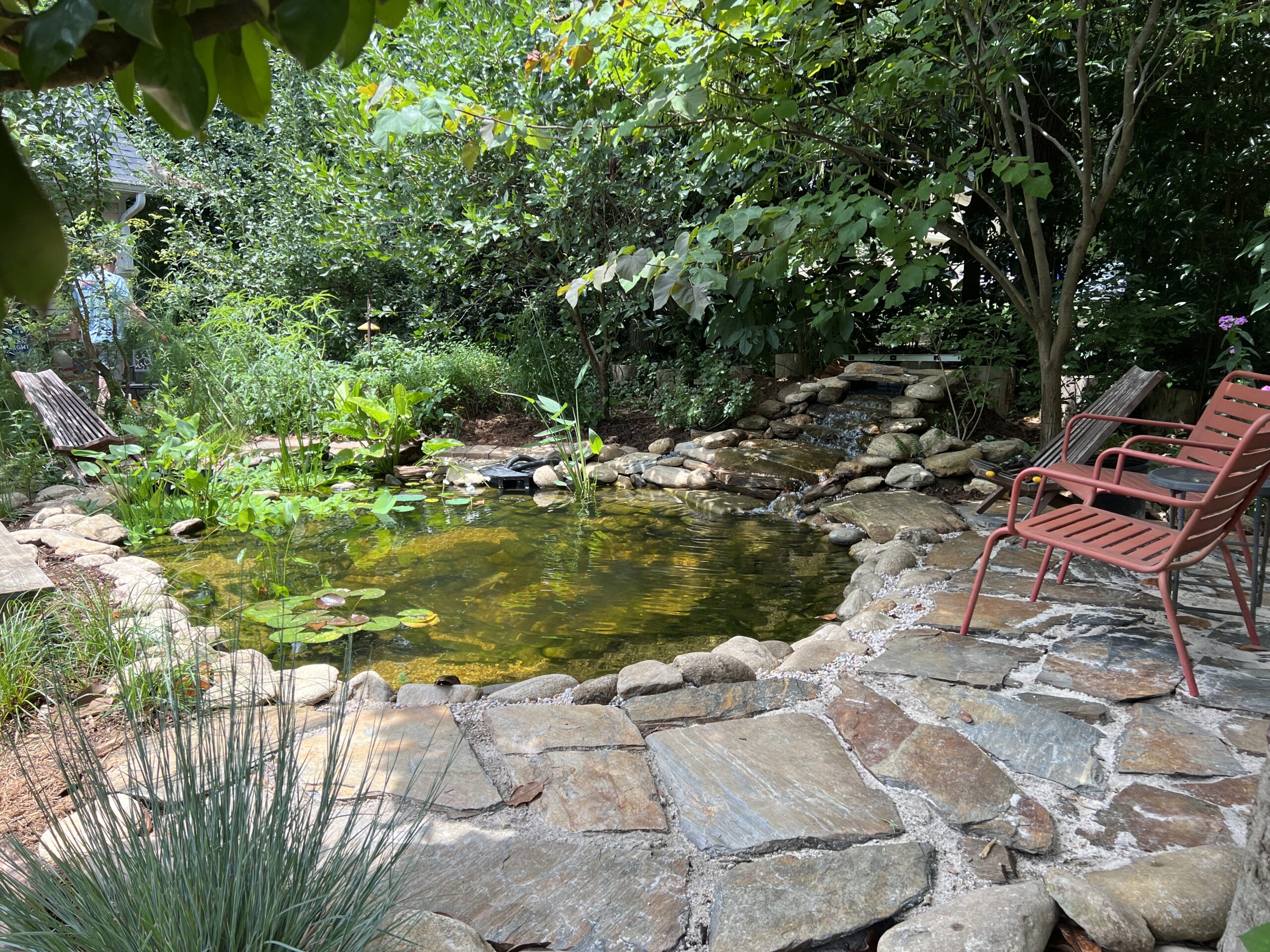

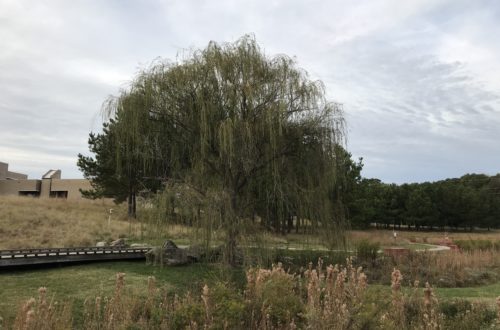
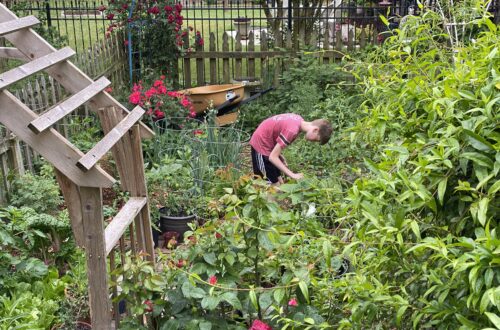
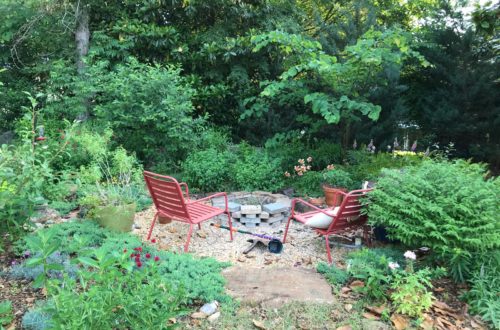
2 Comments
Margaret Elieen Hogeboom
Hello Paige,
I haven’t been to your site in so long, but I do think about you and all your gardening and pottery adventures often.
I myself am a gardener and potter in the state of Michigan, and the Mom of 2 boys (although my fellas are grown and living independently now). I bet your boys are getting big now and maybe you have more time for yourself these days, diving into the garden and pottery with renewed gusto.
I need to make a custom bead rack for my kiln and remembered you had posted about your version many moons ago. I’m grateful to have found it tonight and will attempt making one tomorrow. Many thanks.
I think we have much in common, and it brings me joy to think of us two women, using our hands and our hearts to bring a little peace and beauty in the world. What would we do without soil and clay?
God bless you and yours,
Margaret
Paige Puckett
Thanks for such a sweet message! I am a mom of teens now… so crazy. I hope you are doing well.